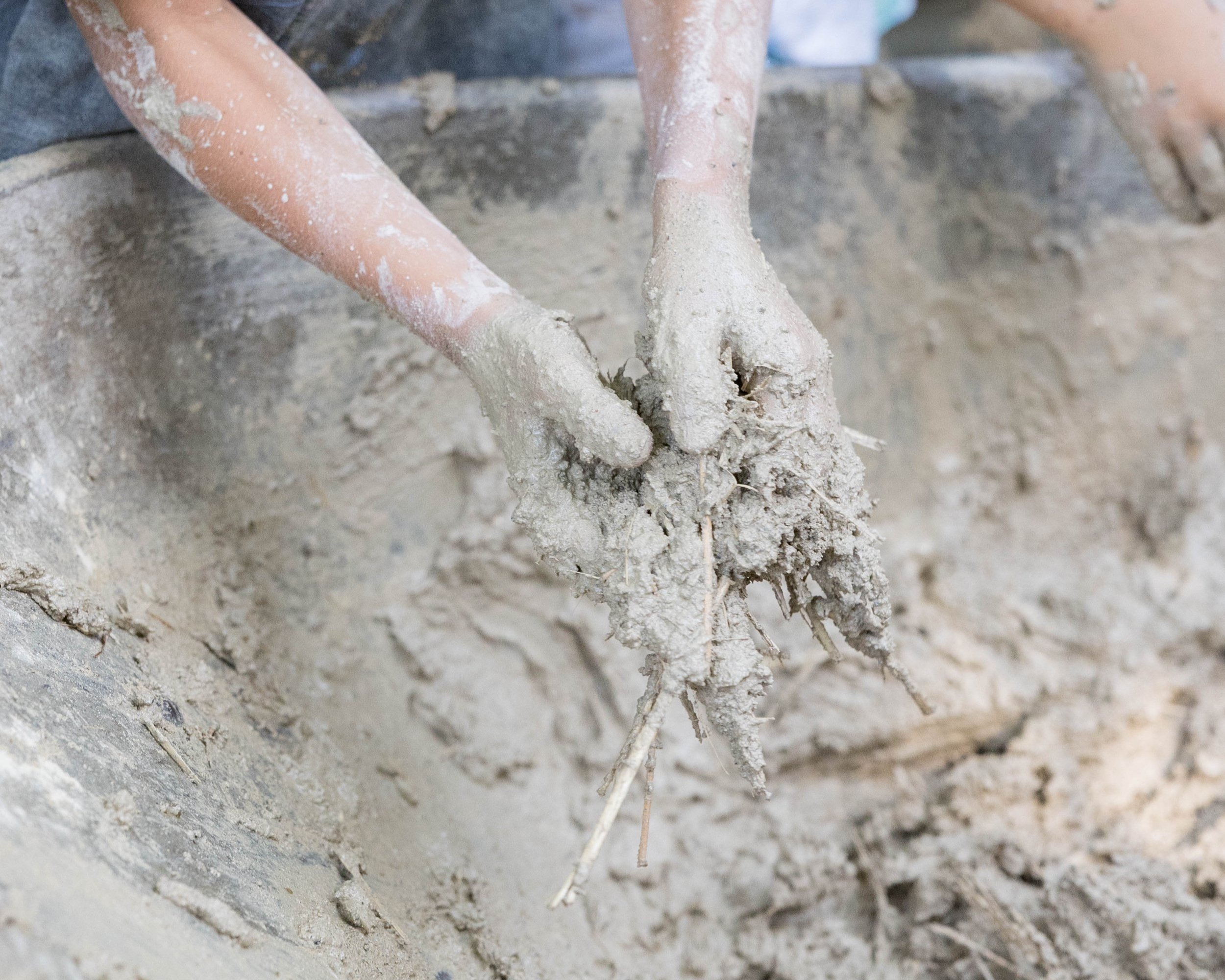Pull, Plant, Taste!
Garden Activities That Connect Kids to Their Food. Do your kids know where their food comes from? Have they ever pulled a carrot straight from the soil 🥕 or tasted a crunchy snow pea right off the vine? 🌿
Gardening is one of the simplest — and most powerful — ways to help children connect to their food 🥗, learn about the world around them 🌍, and take pride in their hard work 💪. Even better? You don’t need to be a master gardener or have a giant backyard to get started! 🌼
This hands-on activity encourages exploration, patience, and care — while teaching valuable lessons about responsibility, nutrition, and the magic of life cycles. 🌱✨
The Learning Benefits of Gardening with Kids
🌞 Responsibility & Patience: Understanding that plants need care and time to grow
🌻 Life Cycle Education: Watching seeds sprout, flower, and produce food
✋ Fine Motor Skills: Planting seeds, weeding, harvesting
👃 Sensory Engagement: Feeling soil, smelling herbs, tasting fresh veggies
🥗 Nutrition Awareness: Building positive connections with healthy food
🔬 Science Concepts: Understanding soil health, pollination, plant needs (sunlight, water, nutrients)
And perhaps the most important benefit… 💛 It helps kids slow down and appreciate the process of growing something with their own two hands. 👐🌱
Supplies You’ll Need:
🌿 A patch of garden soil, raised bed, large pot, or container
🌻 Seeds (easy starter plants: basil, sunflowers, peas, radishes, carrots)
🥄 Small trowel or spoon
💦 Watering can or hose
🪱 Optional compost or worm castings for soil enrichment
🧤 Gloves (optional for younger children)
🖍️ Paper and crayons for garden journaling
How to Get Started: Step-by-Step Garden Fun
Step 1: 🌞 Explore Your Space Together
Before planting anything, go outside with your child and look at your space:
Where does the sun shine the most? ☀️
Where does water collect after it rains? 🌧️
What insects or animals do you notice? 🐞🐝
Conversation Starter: "Why do you think plants need sunlight? What happens if they don’t get enough?"
Step 2: 🌱 Choose What to Grow
Let your child help choose the seeds 🌻. Look for quick growers (like radishes or sunflowers) to keep interest high while teaching patience for longer-growers like carrots or peas.
Herbs like basil 🌿 or mint are great choices for pots or small spaces and give fast, satisfying results.
Step 3: 🪴 Prepare the Soil
Work together to loosen the soil with hands, trowels, or spoons. Remove weeds and rocks 🪨, talking about why roots need soft, healthy soil to grow.
Reflection Question: "What do you think the soil needs to help the plants grow strong?"
Optional: Add compost or worm castings 🪱 to enrich your soil and talk about how compost feeds the plants.
Step 4: 🌿 Plant the Seeds
Follow the instructions on your seed packets for how deep and how far apart to plant each seed. Let your child carefully place seeds into the soil and gently cover them. 🥕
Challenge for Older Kids: Measure and mark rows using string and stakes. Create homemade plant markers from popsicle sticks or rocks! 🎨
Step 5: 💧 Water and Wait (and Watch!)
Water the seeds gently 💦. Check the soil daily — is it dry? Does it need more water? Encourage your child to observe the changes over time:
🌱 When do sprouts first appear?
🌿 How do they change from day to day?
🐝 What insects are visiting the garden?
Optional: Keep a 🌿 garden journal and draw or write about what they notice each week. 🖍️📓
Harvest Time & Taste Testing
When your plants are ready, celebrate the harvest! 🎉 Encourage your child to taste what they helped grow. 🥕🌻 Try different ways of preparing the harvest: raw, cooked, or added to a simple recipe like a salad or pesto. 🥗🍴
Try This: Hold a taste test of two different garden veggies. Which one is sweeter? Crunchier? Which would they like to plant again? 🌿
Encouragement for Parents: Start Small, Stay Joyful
You don’t need a full homestead 🏡 or fancy tools to grow a meaningful garden with your kids. One pot of herbs 🌿 on a sunny windowsill is enough to spark curiosity and wonder.
It’s not about perfection — it’s about the shared experience, the learning that happens along the way, and the memories you build together. 💛🌱
Want More Hands-On Learning Like This?
If your family enjoys projects like this, you’ll love the Web of Life Curriculum — a hands-on homeschool program for ages 5–10 that weaves together garden learning 🌻, science 🔬, nature exploration 🌳, kitchen projects 🥕, and homesteading 🐓 skills.
Each lesson is designed to be screen-free 📴, engaging, and easy to follow — giving you a simple plan each week to bring learning to life. 🌿
Learn more about the Web of Life Curriculum.





